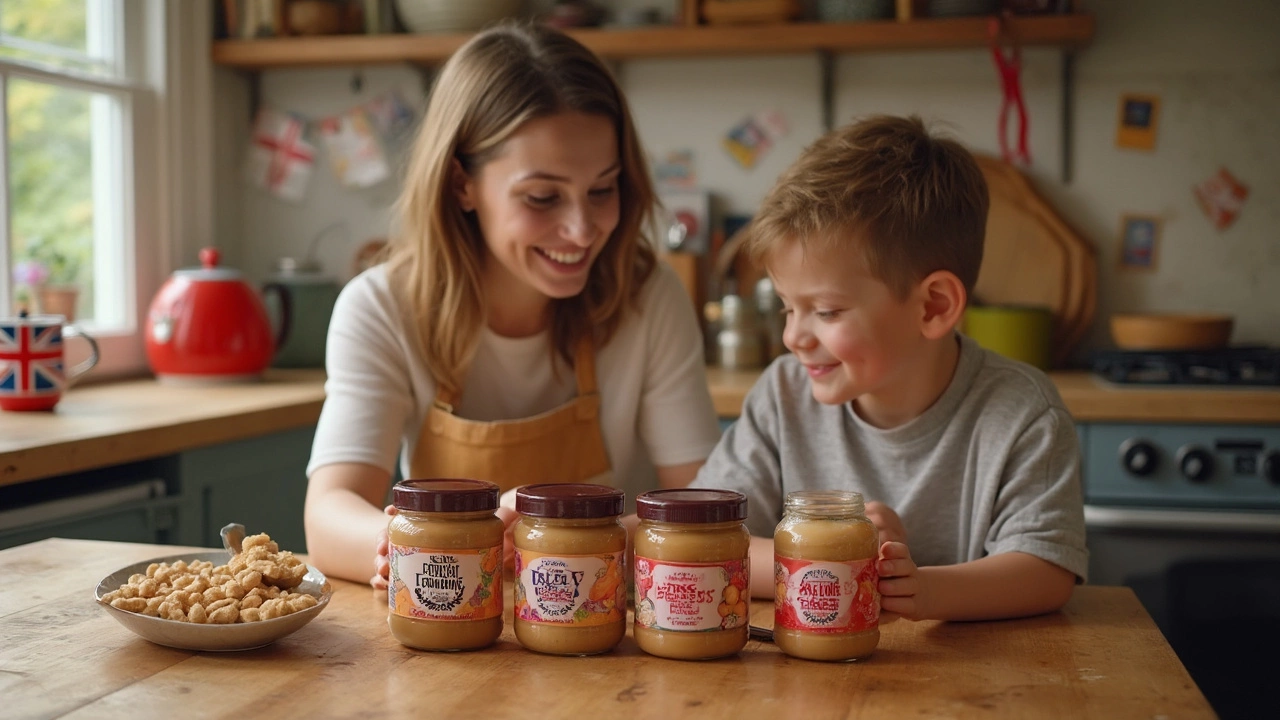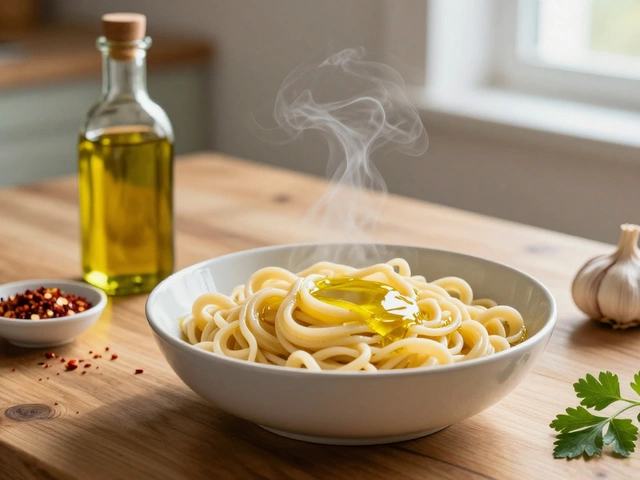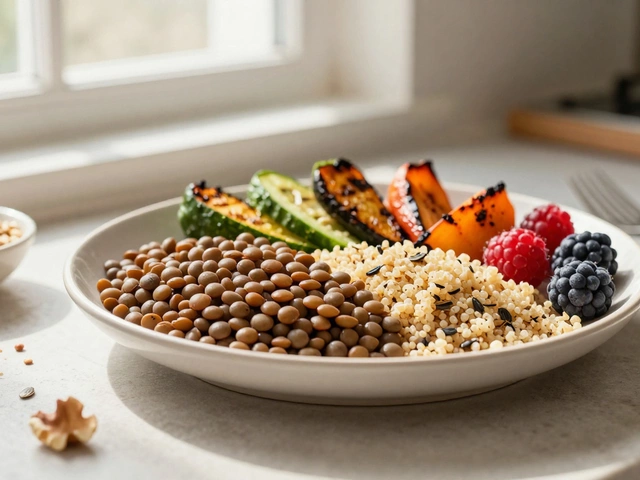Peanut Allergy: Practical Tips for Safe Cooking
If peanuts make you break out in hives, you need a plan that lets you eat without fear. The good news is that most of the work is about small habits – checking labels, keeping your kitchen clean, and knowing easy swaps. Below you’ll find straightforward steps you can start using today.
How to Spot Hidden Peanuts in Everyday Foods
Peanuts show up where you least expect them. Many processed snacks list "peanuts" or "peanut oil" in the ingredients, but other terms can hide the same protein. Look out for "groundnut," "arachis oil," "peanut flour," and even "nutty flavor" in sauces, dressings, and baked goods. If a product says "may contain peanuts," treat it as a peanut‑containing item unless you can verify a dedicated, peanut‑free line.
International foods are a common surprise. Asian sauces, Indian dals, and African stews often use peanut paste or oil for flavor. When you’re dining out, ask the server specifically if peanuts are used in the recipe or if the kitchen shares equipment. A quick question can save a serious reaction.
Cooking Safely When You Have a Peanut Allergy
Separate your cooking tools. Use dedicated cutting boards, knives, and utensils for peanut‑free meals. If you share a kitchen, label your items with a bright sticker – it reminds everyone to avoid cross‑contamination.
When substituting peanuts, think texture and flavor. Sunflower seed butter, soy butter, or roasted chickpea puree mimic the creaminess without the allergen. For crunch, toasted pumpkin seeds or roasted soy nuts work well in salads and desserts.
Always keep an epinephrine auto‑injector nearby and make sure friends or family know how to use it. A written emergency plan in your fridge or on the fridge door can be a lifesaver if something goes wrong.
Plan your grocery trips around the perimeter of the store – fresh produce, meat, and dairy are less likely to hide peanuts than processed aisles. When you buy packaged items, keep the original label until you’ve checked the full ingredient list. If you’re unsure, put the product back and find a safer alternative.
Lastly, don’t let the allergy stop you from enjoying food. Simple dishes like grilled chicken with a lemon‑herb rub, stir‑fry veggies with soy sauce, or a hearty lentil soup are naturally free of peanuts. Pair them with your favorite allergy‑friendly spreads, and you’ll have tasty meals without the worry.
Living with a peanut allergy is mostly about awareness and preparation. By learning the hidden names, keeping your kitchen separate, and having reliable substitutes, you can cook confidently and keep your meals both safe and delicious.

Does Peanut Butter Have Gluten? What You Need to Know
by Landon Weathers / 19 Jun 2025Wondering if peanut butter is safe for a gluten-free diet? This article breaks down what’s really in your jar, looks at popular brands, and shares tips on how to avoid gluten when picking peanut butter. You'll learn how to read labels, spot gluten cross-contact risks, and get snack ideas that are both safe and delicious. If you or a loved one deals with celiac or gluten sensitivity, this guide clears up all the confusion.




